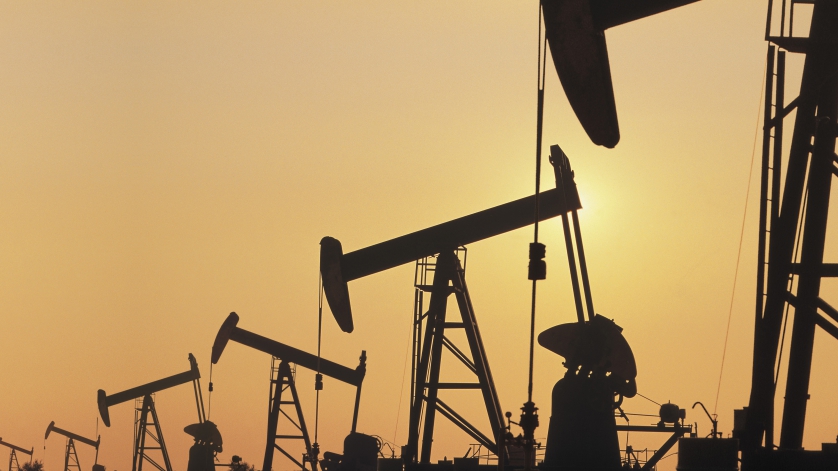
Back to the Future with Predictive Maintenance and Pressure Sensors
In the 1985 movie “Back to the Future,” Marty McFly (Michael J. Fox) wanders upon a 1955 gasoline station and marvels at the number of people waiting on just one customer. One attendant pumps gas, another polishes the windshield, yet another checks the air in the tires, and a fourth dips his head under the hood to check the oil.
Today, most service stations are ghost towns by comparison. Fortunately, most cars are now equipped with sensors that alert the driver to when maintenance is needed. Even better, some provide clues on what’s really going on under the hood, giving the car owner a heads-up on any potential automotive trouble.
In today’s multitasking world, the combination of electronic pressure sensors and predictive maintenance (PdM) technology holds the promise of simplifying maintenance protocols for myriad high-tech applications, from airplane engines to on- and off-road vehicles to automated production lines. PdM is particularly well-suited to the oil and gas industry.
If you’re an operator at an oilfield in, say, North Dakota, you’re the go-to person for a vast array of equipment, lines, and vehicles spread out over miles. While new, highly advanced exploration and pumping equipment can provide a variety of productivity-enhancing benefits, you also have to worry about more complex maintenance issues. What’s more, environmental conditions can be harsh: this corner of the U.S. is noted for hot summers and frigid winters.
In such a setting, even “normal” downtime for maintenance can delay exploration and oil and gas production. This is why savvy operating engineers are looking increasingly at methods that provide more insightful information, and lots of it to keep their rigs functioning 24/7. They get that through the electronic pressure sensors, one of WIKA’s core competencies.
An electronic pressure sensor is your eyes and ears indicating what’s really going on inside all of those pipes, lines, pumps, and associated instrumentation. For instance, low pressure in a line might tell you that the nearest pump is beginning to wear out, enabling corrective action before a problem occurs.
Yet, an electronic pressure sensor not only helps you maintain production output. In an exploration setting, it can help you to assure stability and integrity of the wellbore. This helps you and your team to prevent oil, gas, and fracturing fluids from migrating into fresh water zones or other sensitive areas. You’ll also be better able to spot a crisis, such as a sudden increase in pressure that could lead to a breakage or an explosion.
The information that electronic pressure sensors provide will give you the tools for field-based predictive maintenance (PdM). With constant—and copious—data on various system components, you have stats on how all those components perform in real life. You’ll know ahead of time where the weak points are, enabling corrective action before problems crop up.
With PdM, you have much better control over outcomes. As part of your customer relationship with WIKA, you can get PdM guidance every step of the way.

